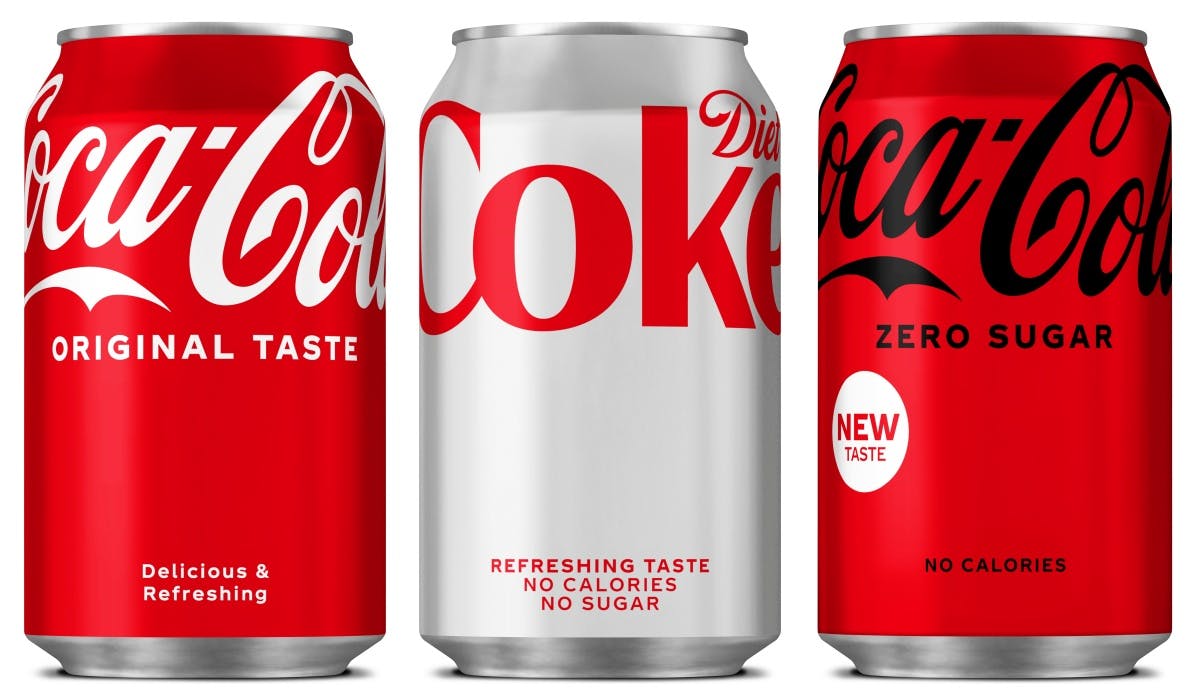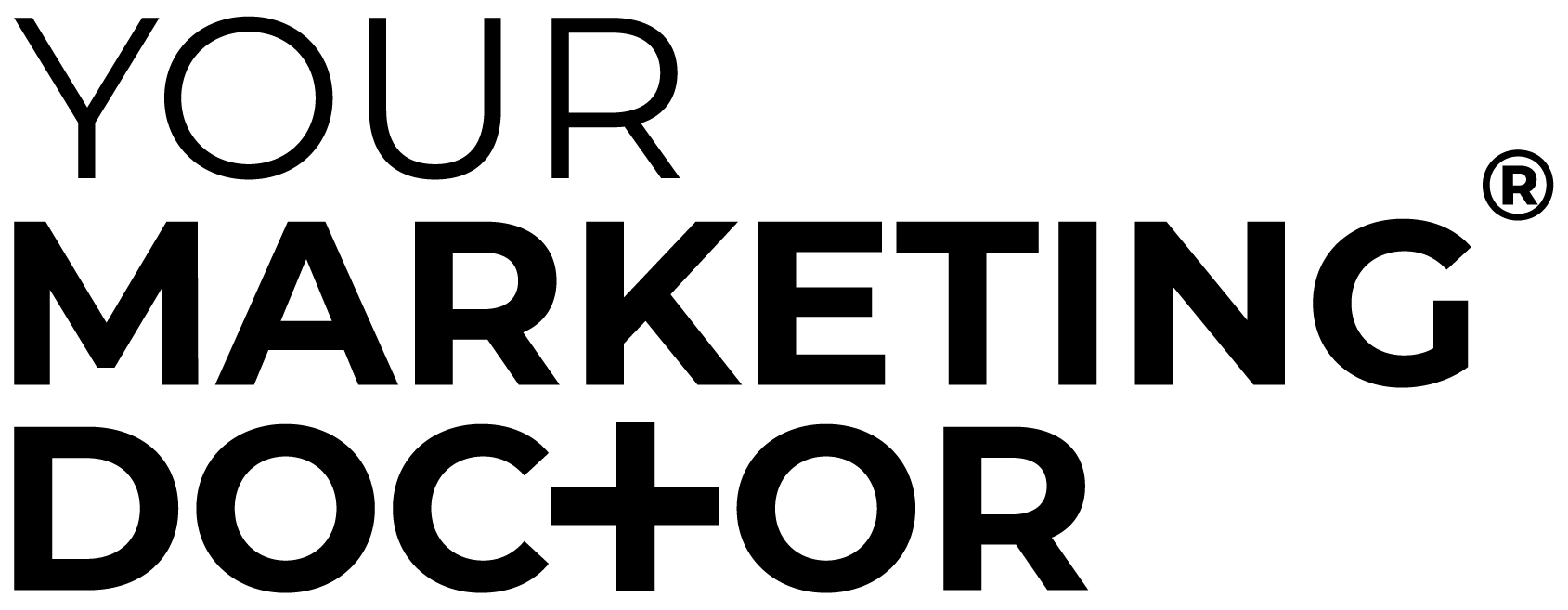Each week, we take a look at what big brands are doing, and apply that learning to the world of small business. You don’t need a global conquering budget to get marketing right – it’s all about clever thinking and savvy decisions.
Big Brand Thinking,Vol. 1: Why doesn’t Coca-Cola just ditch Diet Coke and replace it with Coke Zero?
On paper, Coca-Cola Zero Sugar is pretty much exactly the same as Diet Coke. They are both free from sugar and calories – and popular alternatives to the slightly more health conscious of us. So why are the Coke brands taking up so much space on the fizzy drinks aisle? Would it not make sense to simplify the product catalogue with the full sugar Coca-Cola Classic, plus one definitive zero sugar alternative?
The answer lies in very clever marketing.
Now, we commonly call it Coke Zero. But did you know that even though it’s been around since 2006, it went through a very subtle change in 2016 – causing a relatively underperforming product to surge in sales. The name actually changed on the packaging from Coke Zero to Coca-Cola Zero Sugar (did you notice? I didn’t). And since 2020, it’s become the biggest driver of growth for the Coca-Cola company.
Another clever change was the packaging. When it first launched, cans were black with red writing to differentiate it from the other products. Now it’s red. Notice now how it’s almost exactly the same as Classic – the same red but with black writing.

Easy to mix them up, right? Suss.
But the big noticeable change was the taste. Coke Zero was always intended to be closer to classic coke, but they never quite got it right. When it changed in 2016, consumers clearly noticed, and sales have since soared.
So, if it’s now closer to full fat coke in taste, why not just ditch Diet Coke?
Because there’s still a massive market for Diet Coke.
Diet Coke has been around since the early 80’s, and the taste hasn’t really changed since then. It was initially aimed at women (who can forget the TV ads?) and offered a lighter tasting, “healthier” alternative. There is still a whole market segment who prefer the taste of Diet Coke and will choose it every time. (Not me. Bleurrgh).
If they were to remove Diet Coke from the shelves, they would likely lose an entire chunk of that segment to the competition – Diet Pepsi.
So, the three products tick the three boxes: People who love the full fat sugary goodness of Coca Cola Classic (guilty), people who love the classic taste, but feel guilty about the calories (also guilty), and people who feel guilty about the calories but have drunk Diet Coke for so long that they don’t like the classic taste.
Now THAT is good marketing.
So as a small business, what can we learn from this?
- Know your customer segments.
- Develop your products or services based on the needs, wants, and desires of your customers.
Understanding your customer preferences can help you group them by behaviour. Studying your audience will help you make big decisions about changing products or services. If a product is underperforming, don’t just remove it. Ask why? What do our customers want? Why are they changing behaviours? Rather than letting sales drop, a subtle change (like Coke Zero) could be all it takes for that product to become your biggest driver.
Remember Coca-Cola Life? No, me neither. Point made.

